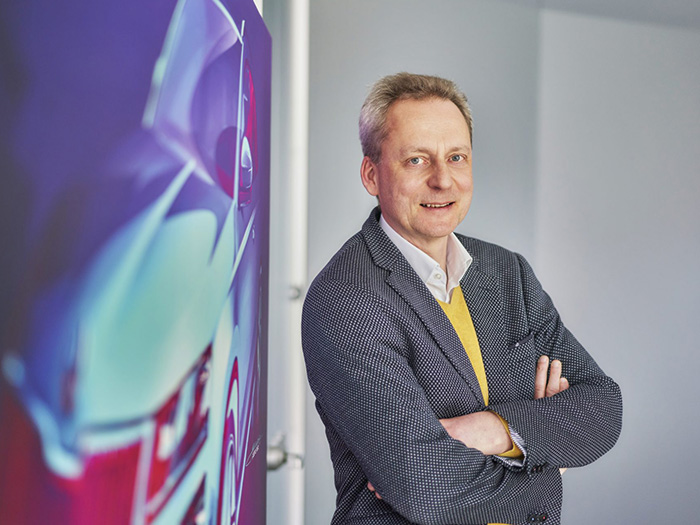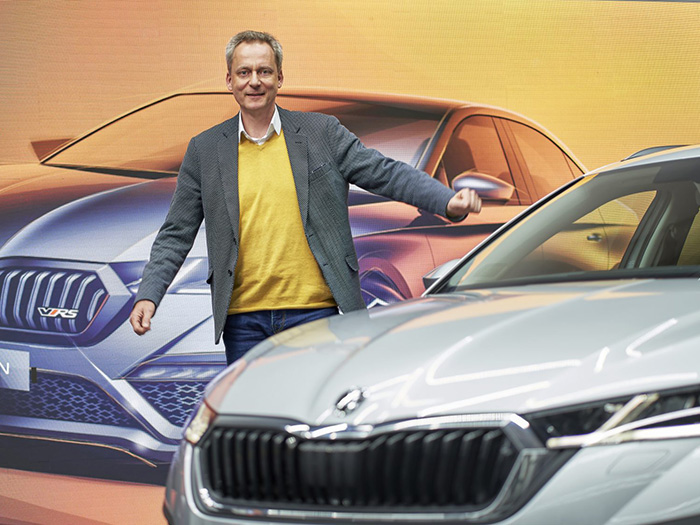ŠKODA and future mobility: a joint project
E-mobility and much more: for ŠKODA, sustainable mobility means a focus on electrification – with tailored solutions for every user – and new services. But also involving players from a range of sectors.
The launch of the ENYAQ iV, ŠKODA’s first model based on the MEB platform, planned for this year will mark another significant step towards the electrification of the range. However, it’s not enough to produce battery-powered models that can run without emissions at a local level – the key issue for overall CO2 emissions is using energy that has been generated in a sustainable manner. As such, the brand’s aim is to create partnerships with stakeholders across a range of sectors to build a genuine ecosystem for mobility.
A common project

Sustainable mobility is a joint project. And it won’t work without the cooperation of all those involved: institutions, businesses and customers. “But the truth is that we first have to examine what we can do by ourselves. Some time ago, we started building charging infrastructure at our production plants and in the surrounding areas here in the Czech Republic”, explains Christian Strube, ŠKODA Board Member in charge of Technical Development. “Now we want to step up our efforts, and find partners we can join forces with”.
An ecosystem for mobility

Individual mobility will go far beyond the boundaries of cars in the future, and that’s why ŠKODA is working towards offering customers an ecosystem in which the car is just one form of transport. Its mobility services are being developed through its four DigiLabs in Prague, Beijing, Tel Aviv and Pune, creating a healthy spirit of internal competition and stimulating employees in new ways. Here, unconventional thinking means staff are looking to the future, beyond the issues and challenges of the past.
This approach fits perfectly with the brand’s long term philosophy; it has always identified smart solutions while ensuring the spaciousness of its cars’ interiors – features that are also evident in its new electric models based on the MEB platform.
The MEB platform
Starting from a blank sheet of paper, the MEB platform was designed specifically for the Volkswagen Group’s electric vehicles. The lithium-ion battery is housed in the lowest and most central part of the car’s floor, which means a lower centre of gravity and more interior space. The driver also has an excellent view, with the seating position similar to an SUV.
In addition, the platform’s modular design makes it easy to install a wide range of different battery sizes. Customers can choose to add or reduce modules at affordable prices in line with their own driving style and range requirements, with the synergies within the Group leading to significant advantages – above all, in terms of costs.
Design and power

Electric cars have different characteristics to cars with combustion engines. With a combustion engine, the torque keeps increasing until, at a certain point, it reaches the maximum performance. Therefore, the number of revolutions is crucial. In contrast, an electric motor’s torque climbs much more steeply, then it remains relatively constant before falling again. Strube describes it enthusiastically as “a great driving experience, which everyone should try for themselves”.
“One of the key elements that will continue to distinguish ŠKODA cars will be their style. In recent years we’ve worked hard to develop the brand’s characteristic crystalline design. The key design elements come from our tradition, but also from Czech culture and the traditional manufacture of Czech crystal – making our products unique”, he concludes.
Source: ŠKODA
